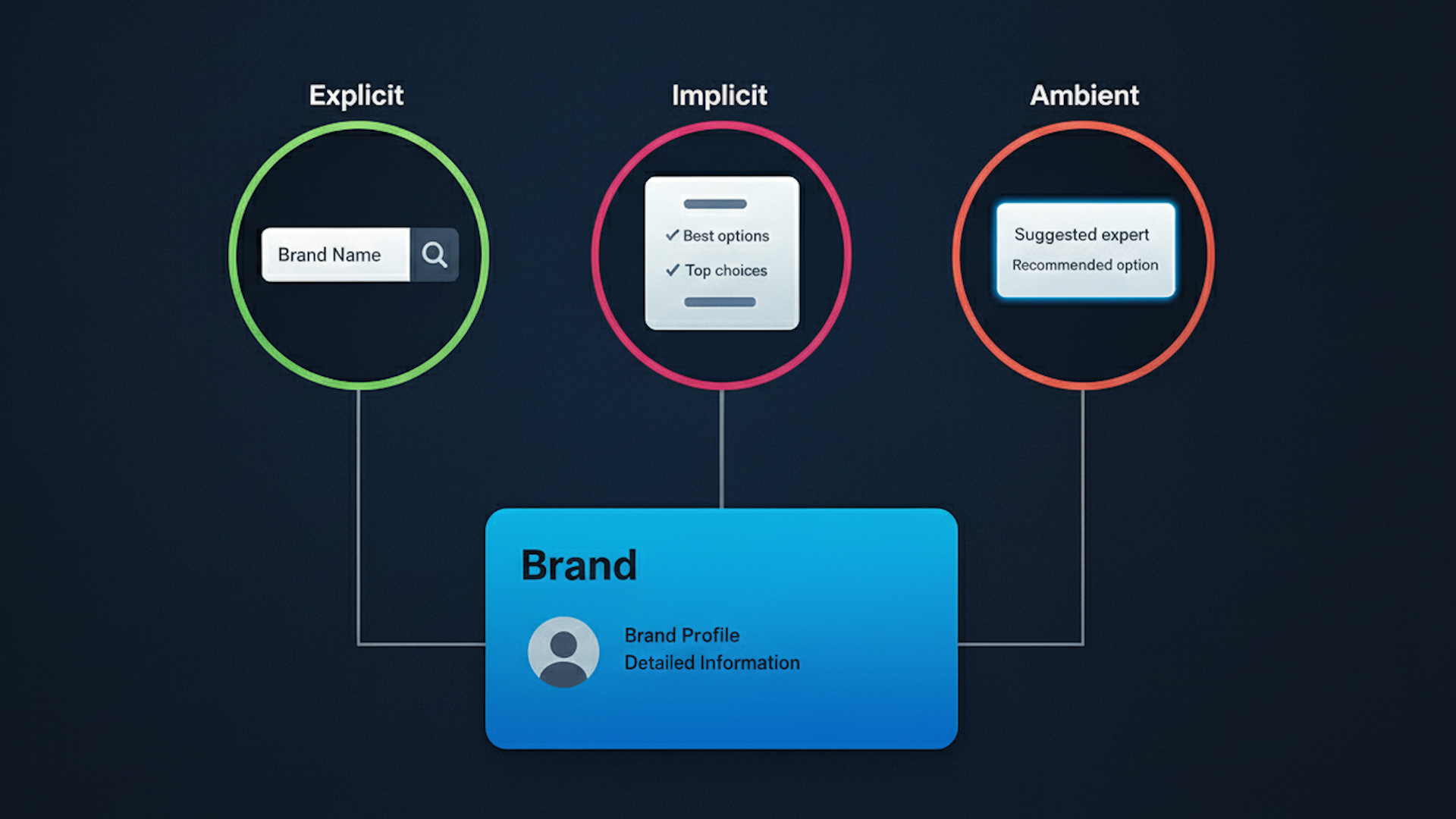The three AI research modes redefining search – and why brand wins

The AI resume has become a C-suite-level asset that reflects your entire digital strategy.
To use it effectively, we first need to understand where AI is deploying it across the user journey.
How AI has rewritten the user journey
For years, our strategies were shaped by the inbound methodology.
We built content around a user-driven path through awareness, consideration, and decision, with traditional SEO acting as the engine behind those moments.
That journey has now been fundamentally reshaped.
AI assistive engines – conversational systems like Gemini, ChatGPT, and Perplexity – are collapsing the funnel.
They move users from discovery to decision within walled-garden environments.
It’s what I call the BigTech walled garden AI conversational acquisition funnel.
For marketers, that shift can feel like a loss of control.
We no longer own the click, the landing page, or the carefully engineered funnel.
But from the consumer perspective, the change is positive.
People want one thing: a direct, trusted answer.
This isn’t a contradiction. It’s the new reality.
Our job is to align with this best-service model by proving to the AI that our brand is the most credible answer.
That requires updating the ultimate goal.
For commercial queries, the win is no longer visibility.
It’s earning the perfect click – the moment when an AI system acts as a trusted advisor and chooses your brand as the best solution.
To get there, we have to broaden our focus from explicit branded searches to the three modes of research AI uses today:
- Explicit.
- Implicit.
- Ambient.
Together, they define the new strategic landscape and lead to one truth.
In an AI-driven ecosystem, brand is what matters most.
3 types of research redefining what search is
These three behaviors reveal how users now discover, assess, and choose brands through AI.
Explicit research (brand): The final perfect click
Explicit research is any query that includes your brand name, such as:
- Searches for your name.
- “Brand name reviews.”
- “Brand vs. competitor.”
They represent deliberate, high-stakes moments when a potential client, partner, or investor is actively researching your brand.
It’s the decision stage of the funnel, where they look for specific information about you or your services, or conduct a final AI-driven due diligence check before committing.
What they see here is your digital business card.
A strong AI assistive engine optimization (AIEO) strategy secures these bottom-of-funnel moments first.
You must engineer an AI resume – the AI equivalent of a brand SERP – that is positive, accurate, and convincing so the prospect who is actively looking for you converts.
Branded terms are the lowest-hanging fruit, the most critical conversion point in the new conversational funnel, and the foundation of AIEO.
Implicit research (industry/topic/comparison): Being top of algorithmic mind
Implicit research includes any topical query that does not contain a brand name.
These are the “best of” comparisons and problem-focused questions that happen at the top and middle of the funnel.
To win this part of the journey, your brand must be top of algorithmic mind, the state where an AI instinctively selects you as the most credible, relevant, and authoritative answer to a user’s query.
- Consideration: When a user asks, “Who are the best personal injury law firms in Los Angeles?”, the AI builds a shortlist, and you cannot afford to be missing.
- Awareness: When a user asks, “Give me advice about personal injury legal options after a car accident,” your chance to be included depends on whether the AI already understands and trusts your brand.
Implicit research is not about keywords. It is about being understood by the algorithms, demonstrating credibility, and building topical authority.
Here’s how it works:
- The algorithms understand who you are.
- They can effectively apply credibility signals. (An expanded version of Google’s E-E-A-T framework, N-E-E-A-T-T, incorporates notability and transparency.)
- You have provided the content that demonstrates topical authority.
If you meet these three prerequisites, you can become top of algorithmic mind for user-AI interactions at the top and middle of the funnel, where implicit research happens.
Get the newsletter search marketers rely on.
See terms.
Ambient research (push by software): Where the algorithms advocate for you
Ambient research is the ultimate form of push discovery, where an AI proactively suggests your brand to a user who isn’t even in research mode.
It represents the most profound shift yet. Ambient research sits beyond the funnel – it is pre-awareness.
Simple examples include:
- Gemini suggesting your name in Google Sheets while a prospect models ROI.
- Your profile surfacing as a suggested consultant in Gmail or Outlook.
- A meeting summary in Google Meet or Teams recommending your brand as the expert who can solve a key challenge.
In these day-to-day situations, the user is no longer pulling information.
The AI is pushing a solution it trusts so completely that the engine becomes your advocate.
This is the ultimate goal, signaling that a brand has reached true dominant status as top of algorithmic mind within a niche.
This level of trust comes from building a deep and consistent digital presence that teaches the AI your brand is a helpful default in a given context.
It’s the same dynamic Seth Godin describes as “permission marketing,” except here the permission is granted by the algorithms.
It may feel like an edge case in 2025, but ambient research will become a major opportunity for those who prepare now.
The walls are rising in the AI walled garden 2.0 – the new, more restrictive AI ecosystems.
The next evolution will be AI assistive agents.
These agents will not just recommend a solution. They will execute it.
When an agent books a flight, orders a product, or hires a consultant on a user’s behalf, there is no second place.
This creates a true zero-sum moment in AI.
If you are not the trusted default choice, you are not an option at all.
Rethink your funnel: Brand is the unifying strategy
The awareness, consideration, and decision funnel still exists, but the journey has been hijacked by AI.
A strategy focused only on explicit research is a losing game.
It secures the bottom of the funnel but leaves the entire middle and top wide open for competitors to be discovered and recommended.
Expanding into implicit research is better, yet it remains a reactive posture. You are waiting to be chosen from a list.
That approach will fail as ambient research grows, because ambient moments are where the AI makes the first introduction.
This landscape demands a brand-first strategy.
Brand is the one constant across all three research modes. AI:
- Recommends you in explicit research because it understands your brand’s facts.
- Recommends you in implicit research because it trusts your credibility on a topic.
- Advocates for you in ambient research because it has learned your brand is the most helpful default solution.
By building understandability, credibility, and deliverability, you are not optimizing for one type of search.
You are systematically teaching the AI to trust your brand at every possible interaction.
The brands that become the best teachers will be the ones an AI recommends across all three research modes.
It’s time to update your strategy or risk being left out of the conversation entirely.
Your final step: The strategic roadmap
You now understand the what – the AI resume – and the where – the three research modes.
Finally, we’ll cover the how: the complete strategic roadmap for mastering the algorithmic trinity with a multi-speed approach that systematically builds your brand’s authority.







Recent Comments